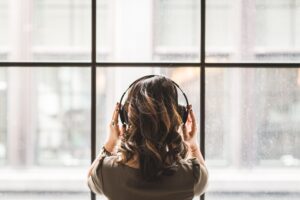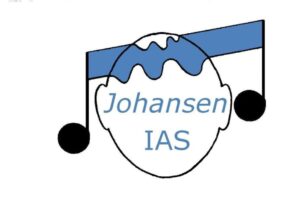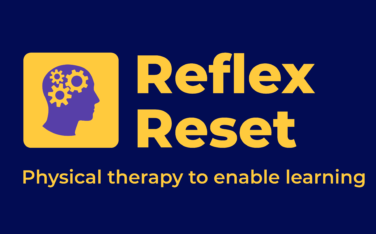Auditory processing can be described as ‘what we do with what we hear’, as proposed by Dr. Jack Katz of Buffalo, New York. For many children and adults, whose hearing would be tested as normal, the processing of what they hear by the brain can go wrong.
The cause of auditory processing difficulties
The cause of these difficulties may arise from neurodevelopmental delay, stemming from difficulties with the pregnancy, birth process, or early years. One specific example can be the prevalence of glue ear, or other acute ear infections, during the time when the auditory system is still developing. Certain auditory processing difficulties can also be part of a learning disorder such as dyslexia, dyspraxia, ASD.
The effect of auditory processing difficulties
The symptoms can be wide-ranging, but may typically include:
– Poor listening skills
– Difficulty listening in noisy environments
– Difficulty locating sound
– Mishearing auditory information
– Taking longer to respond to information
– Speech and language delay
– Difficulty with reading and spelling
– Hypersensitivity to sound
What can we do to help? The JIAS programme
The good news is the brain is plastic so there is a second chance to receive the right auditory stimuli and to change the auditory processing pathways. The Johansen Individualised Auditory Stimulation programme (JIAS) works on the basis that the processing networks in the brain are the same for music and for language, in terms of perception of pitch, rhythm, timing, speed and pattern. This means music can be used to retrain the neural pathways. The Johansen music tracks are designed to stimulate specific frequency ranges, and can be customised to the client’s own audiogram and laterality preference. The therapy makes it easier to pay effective attention to sound.
How it works
An assessment takes place to consider the child’s development history, and to complete various checklists regarding the child’s attention and listening. If possible, an audiogram is taken to see how the child’s hearing compares with the optimum. If considered appropriate, a Johansen programme will be recommended, and depending on the age of the child and their audiogram a suitable music track will be given.
The music track is played through the Sonorias app, which must first be downloaded. The child should listen to the 10-15 minute track through suitable, compatible headphones every day.
A review takes place roughly every 8 weeks (depending on age) to monitor the impact of the programme, and a different music track may be given. On average 5 tracks are used during the course of the programme, taking a total of around nine months.
For more information, please see the Johansen website.
Pricing
for ages 5+ where a reliable audiogram may be obtained: includes Johansen assessment, 5 customised music tracks and reviews, 6 audiograms
Standard programme – £360 for ages 2.5-5 or where a reliable audiogram cannot be obtained; includes Johansen questionnaire, 3-5 music tracks and reviews
The video below explains the Johansen IAS Therapy:
